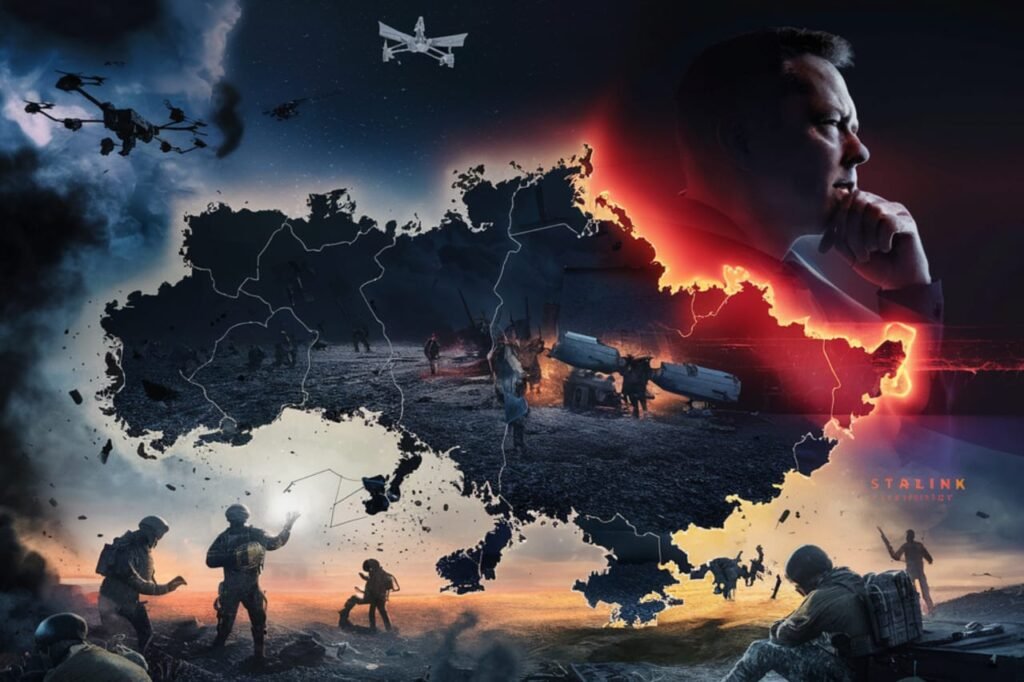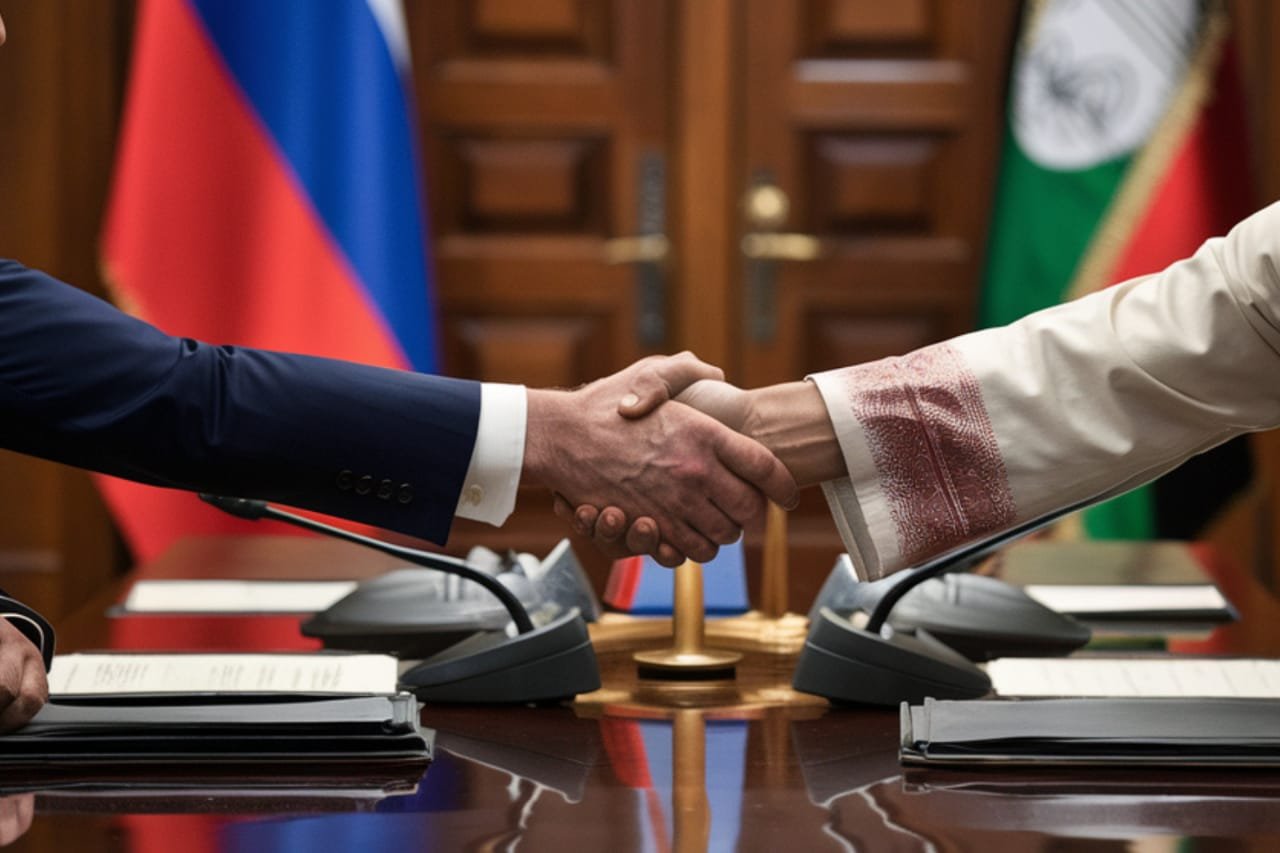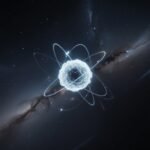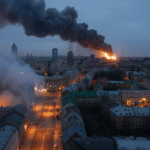- Home
- ScienceDiscover the latest updates from across the United States, including politics, culture, economy, and trending stories. Stay informed on the key events shaping the nation and the topics everyone’s talking about.
- EconomyOur Economy page provides comprehensive reporting on international financial systems, trade dynamics, development economics, and macroeconomic policy. Drawing on expert analysis and institutional data, we illuminate the interconnected nature of global markets and their real-world implications for governance and inequality.
- HealthWe examine global health issues through the lens of policy, access, equity, and innovation. From pandemics and healthcare infrastructure to mental health and biotechnological breakthroughs, our health reporting is rooted in empirical data, expert insight, and a commitment to understanding health as a cornerstone of human development.
- HistoryThis section revisits critical junctures in world history, emphasizing the relevance of historical events in shaping present-day global affairs. Through scholarly narratives and fact-anchored storytelling, we uncover the often-overlooked patterns, power structures, and human decisions that have left a lasting imprint on international relations and societies.
- PoliticsOur Politics section offers in-depth analysis of international political developments, ideological movements, and institutional shifts. With a focus on global governance, diplomacy, and geopolitical strategy, we provide nuanced reporting that transcends partisan narratives and situates events within their broader historical and structural contexts.
- War & ConflictThis section delivers meticulous coverage of international conflicts, civil wars, military strategies, and peace negotiations. We prioritize geopolitical context, long-term impact, and the role of state and non-state actors—eschewing sensationalism in favor of sober, historically informed analysis.
- TechnologyWe critically examine the global technology landscape—from artificial intelligence and cybersecurity to digital policy and ethical innovation. Our reporting focuses not just on what is being built, but why it matters: how technological change influences governance, economy, security, and human life on a planetary scale.
- Features
- Home
- ScienceDiscover the latest updates from across the United States, including politics, culture, economy, and trending stories. Stay informed on the key events shaping the nation and the topics everyone’s talking about.
- EconomyOur Economy page provides comprehensive reporting on international financial systems, trade dynamics, development economics, and macroeconomic policy. Drawing on expert analysis and institutional data, we illuminate the interconnected nature of global markets and their real-world implications for governance and inequality.
- HealthWe examine global health issues through the lens of policy, access, equity, and innovation. From pandemics and healthcare infrastructure to mental health and biotechnological breakthroughs, our health reporting is rooted in empirical data, expert insight, and a commitment to understanding health as a cornerstone of human development.
- HistoryThis section revisits critical junctures in world history, emphasizing the relevance of historical events in shaping present-day global affairs. Through scholarly narratives and fact-anchored storytelling, we uncover the often-overlooked patterns, power structures, and human decisions that have left a lasting imprint on international relations and societies.
- PoliticsOur Politics section offers in-depth analysis of international political developments, ideological movements, and institutional shifts. With a focus on global governance, diplomacy, and geopolitical strategy, we provide nuanced reporting that transcends partisan narratives and situates events within their broader historical and structural contexts.
- War & ConflictThis section delivers meticulous coverage of international conflicts, civil wars, military strategies, and peace negotiations. We prioritize geopolitical context, long-term impact, and the role of state and non-state actors—eschewing sensationalism in favor of sober, historically informed analysis.
- TechnologyWe critically examine the global technology landscape—from artificial intelligence and cybersecurity to digital policy and ethical innovation. Our reporting focuses not just on what is being built, but why it matters: how technological change influences governance, economy, security, and human life on a planetary scale.
- Features
Now Reading: Russia Rejects Truce, Hits Kyiv With Drones
-
01
Russia Rejects Truce, Hits Kyiv With Drones
- Home//
- Science//Discover the latest updates from across the United States, including politics, culture, economy, and trending stories. Stay informed on the key events shaping the nation and the topics everyone’s talking about.
- Economy//Our Economy page provides comprehensive reporting on international financial systems, trade dynamics, development economics, and macroeconomic policy. Drawing on expert analysis and institutional data, we illuminate the interconnected nature of global markets and their real-world implications for governance and inequality.
- Health//We examine global health issues through the lens of policy, access, equity, and innovation. From pandemics and healthcare infrastructure to mental health and biotechnological breakthroughs, our health reporting is rooted in empirical data, expert insight, and a commitment to understanding health as a cornerstone of human development.
- History//This section revisits critical junctures in world history, emphasizing the relevance of historical events in shaping present-day global affairs. Through scholarly narratives and fact-anchored storytelling, we uncover the often-overlooked patterns, power structures, and human decisions that have left a lasting imprint on international relations and societies.
- Politics//Our Politics section offers in-depth analysis of international political developments, ideological movements, and institutional shifts. With a focus on global governance, diplomacy, and geopolitical strategy, we provide nuanced reporting that transcends partisan narratives and situates events within their broader historical and structural contexts.
- War & Conflict//This section delivers meticulous coverage of international conflicts, civil wars, military strategies, and peace negotiations. We prioritize geopolitical context, long-term impact, and the role of state and non-state actors—eschewing sensationalism in favor of sober, historically informed analysis.
- Technology//We critically examine the global technology landscape—from artificial intelligence and cybersecurity to digital policy and ethical innovation. Our reporting focuses not just on what is being built, but why it matters: how technological change influences governance, economy, security, and human life on a planetary scale.
- Features//
- Home
- War & Conflict
- Russia Rejects Truce, Hits Kyiv With Drones
Russia Rejects Truce, Hits Kyiv With Drones
Jhon SmithWar & ConflictJuly 4, 202560 Views
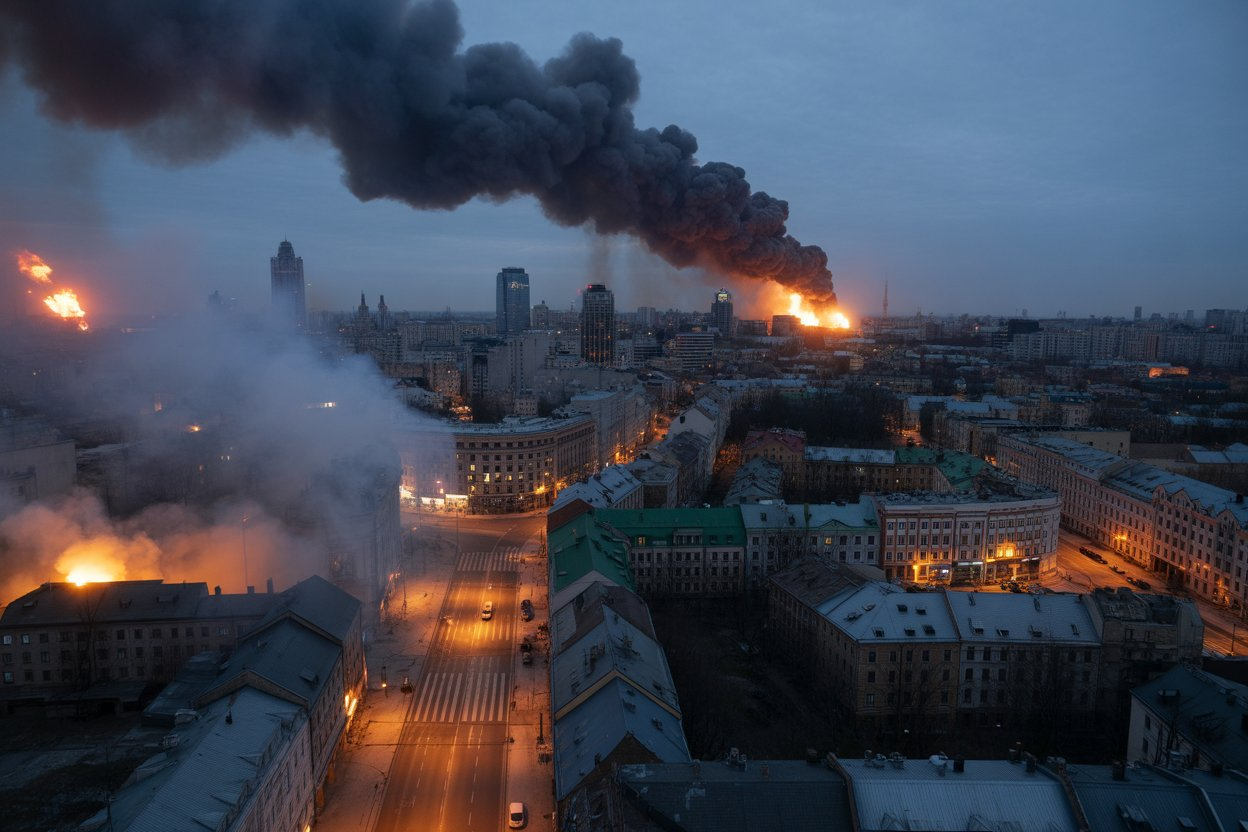
Russia launched its largest aerial assault yet on Ukraine’s capital, Kyiv, in the early hours of July
Ukrainian officials confirmed the deployment of over 550 Iranian-made Shahed drones and
11 cruise missiles across several regions. The strikes lasted through the night, setting off
prolonged air raid sirens and leaving at least 23 civilians injured. It was the most intense
attack in months, targeting both infrastructure and residential areas.
This drone strike follows a series of similar escalations by Russia in recent weeks. Ukraine’s air
defense systems intercepted many drones, but several still penetrated the shield, damaging
homes, railways, and energy infrastructure.
Kyiv’s Foreign Ministry called the night “one of the most terrifying in recent memory.” Ukrainian
officials urged global allies to deliver advanced missile defense systems such as Patriot
batteries to prevent future damage and loss of life.
According to BBC and Reuters, the strike appeared timed to send a strong signal—one that
went beyond Ukraine’s borders and directly challenged Western efforts to de-escalate the war.
Putin Rejects Trump’s Truce Proposal Amid Intensified Conflict
U.S. President Donald Trump reportedly reached out to Russian President Vladimir Putin to
suggest a ceasefire. Trump, who has increasingly voiced his interest in mediating the war,
hoped to create a path toward negotiations ahead of his potential return to the White House.
However, the Kremlin firmly rejected the offer. Putin’s spokesperson stated that Russia
remains committed to its military goals in Ukraine and that any peace efforts must first
acknowledge what it calls the “new realities” on the ground.
Russia’s decision to dismiss the truce proposal came just hours before the Kyiv drone
strikes. Western analysts, including those from The Guardian, interpreted the move as a
deliberate snub—not only to Ukraine but also to any U.S.-led diplomatic initiatives.
Putin’s actions signal that Russia sees military dominance, not negotiation, as its primary path to
a favorable outcome. This has shifted the war’s political dynamics, complicating international
mediation efforts.
Russia’s Position Signals Long-Term Strategic Planning
Russia’s rejection of the truce and subsequent drone strikes suggest a long-term strategy
rather than short-term military pressure. Analysts say the Kremlin is trying to erode Ukraine’s
defense capability and willpower through sustained aerial attacks. Drone and missile strikes
offer a cost-effective and challenging-to-defend-against alternative to traditional military
armaments.
At the same time, Russia continues to deepen ties with non-Western partners like Iran and
China, both diplomatically and militarily. The increasing use of Iranian drones in Ukraine
showcases how Moscow has adapted to Western sanctions by forming new defense alliances.
Read more:
● Russia Becomes First to Recognize Taliban Government
By ignoring Trump’s offer, Russia is reasserting its global independence and attempting to
present itself as immune to Western influence. This posture appeals to several global South
nations who have remained neutral or skeptical about U.S.-led coalitions.
Military observers at The Institute for the Study of War note that Russia is now focused on
attritional warfare—slowing down Ukraine’s rebuilding, exhausting its air defenses, and
pressuring Western governments to scale back support.
Russia’s Drone Strategy Signals Shift in Modern
Warfare
Russia is increasingly relying on drone warfare to execute large-scale attacks in Ukraine. The
assault on Kyiv shows a shift in military tactics. Rather than sending ground forces, Russia uses
mass drone deployment to overwhelm Ukraine’s air defense.
This method is cost-effective and allows Russia to maintain pressure without risking troop
losses. Defense experts believe the heavy use of Shahed drones shows Russia’s evolving
approach to war—one that blends technology with strategy.
The scale of the drone strikes also highlights Russia’s deepening military cooperation with Iran.
These weapons are not just battlefield tools—they’re part of a larger geopolitical play. Russia is
signaling to the West that it can sustain long-range, low-cost attacks, keeping Ukraine in a state
of continuous alert.
Analysts from the Royal United Services Institute (RUSI) say drone warfare could define the
future of regional conflicts, with Russia at the forefront of this shift.
How Russia’s Refusal Impacts Global Peace Efforts
Russia’s rejection of the ceasefire proposed by Donald Trump has far-reaching effects beyond
the battlefield. It reflects a broader unwillingness to engage in Western-led diplomacy. This
stance makes the search for a peaceful resolution more complex.
By refusing even initial discussions, Russia is shutting down early-stage diplomacy that could
reduce hostilities. It also undercuts U.S. influence in the peace process, especially as Trump
positions himself as a potential dealmaker.
Global leaders are now concerned that Russia’s position may lead to a longer war. Countries in
Europe and Asia worry about the conflict spreading or causing economic instability. Russia’s
resolute position may further complicate negotiations at the UN Security Council, where
disagreements over Ukraine are intensifying.
This diplomatic deadlock plays into Russia’s hands. As long as the war continues, Moscow
believes it can shift regional power balances in its favor. The long-term implications of this
approach are still unclear.












